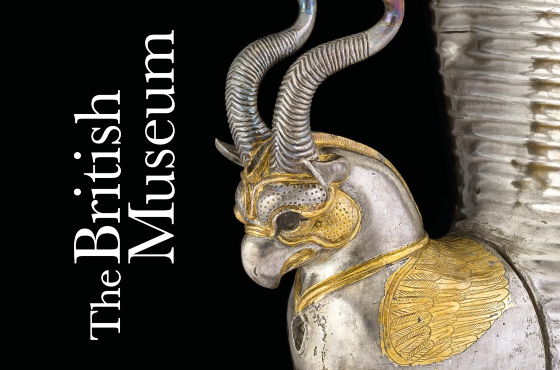Operation Melt Down, Part II
The end of the Gold Standard and the price of "total war"...
IT SEEMS AN ODD QUIRK of history that the US government's obsession with
its nationalized gold reserves
– an obsession which Ian Fleming neatly tapped into with Goldfinger in 1959 – came so long after what
historians call the "classical"
Gold Standard ended.
(Catch up with Part I, starring Richard Nixon as Auric
Goldfinger, here...)
But the fact is, total world gold reserves rose almost five-fold in the five decades
following 1914 – the start of World
War I and the date traditionally given as the death of the international Gold
Standard.
That system,
running roughly between Bismarck's defeat of France in 1871 and the bloody stand-off at Ypres a
half-century later, saw sovereign
nations settle their balance-of-trade debts with each other in bullion. Gold really was money, and
only gold (and, progressively less, silver) would do in payment.
And just like
domestic cash transfers, the
vast bulk of cross-border payments were made by private individuals using privately-held gold and
fully-backed gold certificates. But
as governments worldwide set about nationalizing welfare, health provision, pensions, insurance and the
"commanding heights" of
industry, so their nationalized gold reserves were also growing apace.
The Gold Standard
collapsed not only into the mud of
Verdun, in short, but also into state-owned and state-controlled gold vaults.
Put another way – as Texas
Congressman Ron Paul did before the US House of Representatives in Feb. 2006 – "Though money developed
naturally in the marketplace,
as governments grew in power they assumed monopoly control over money."
That
monopoly power has only grown
stronger now paper and photons have replaced gold entirely as the world's means of exchange. Governments
and their central-bank
agencies set the price – and thus value – of what we now use to buy and sell, invest and spend. And
since this control over money
rests with politicians and bureaucrats, it's worth noting how the surge in nationalized gold reserves
coincided precisely with the
surge in nationalist politics, war-mongering and state controls that marked the first-half of the 20th
century...a global growth spurt
in government power that sparked World War One, before leading to the horrors of Nanking, Auschwitz,
Stalingrad, Dresden and
Hiroshima.
Rewind to 1875, however, and central-bank gold reserves "amounted to
no more than 1,100 metric
tonnes," wrote Timothy Green in a 1999 research paper for the World Gold Council, "while gold coin in
circulation was approaching
3,000 metric tonnes." Private citizens, in other words, then held the vast bulk of the industrialized
world's wealth, and the
international Gold
Standard – "a symbol of sound
practice and badge of honor and decency," according to one historian – had begun by default, not
design.
It
was simply the way private individuals the world over chose to meet and exchange wealth. Nationalized
money, at this stage, remained
but a twinkle in the eye of would-be technocrats and tyrants.
Come 1895,
however, and "of the 6,100
metric-tonne of monetary stock, central banks held around 2,750 metric tonnes," writes Green. "By 1905
the balance had swung in favor
of central banks, who then had 4,710 metric tonnes of the monetary stock against private holdings of
3,916 metric tonnes." On the eve
of World War One – after a three-year surge in government gold hoarding – sovereign states held some
8,100 tonnes in
total.
This race to nationalize gold sped up again as the world struggled – and
failed – to re-establish the
classical Gold
Standard after the big guns fell
silent in November 1918. "The days of widely circulating [gold] coin were over," as Green goes on. "By
1929, central banks held an
estimated 92% of all 'monetary' gold." The impact on politics, wealth and the world economy? It's been
little examined to date;
today's most ardent "gold bugs" fret more about central-bank gold sales and loans than about how that
gold ever wound up in government
vaults in the first place. But nationalizing the world's monetary gold stock saw governments take
control of what had been freely
exchanged as the final – and freely chosen – arbiter of wealth over more than 5,000 years.
And here at BullionVault, we don't believe it was any
coincidence that the "total war" of the 20th century first
required a "total war" on freely held private wealth.

When the field guns withdrew and the poppies returned
to north-eastern France in
1919, the economic disaster that followed only accelerated this nationalization of what had until then
been privately-held
money.
Gold was sucked into government vaults
at an ever-increasing pace,
while personal freedoms and liberty were vacuumed up by governments of all stripes – communist,
socialist, national socialist and
imperial. Mass unemployment, fascism and European re-armament saw a race to get gold and the power it
brought under official
control.
No bureaucracy seized control of this wealth more urgently than the
United States. One evil day in
1933 – and just ahead of the Nazi government in Berlin annexing gold from the vaults of Czechoslovakia,
Poland, Austria, Belgium and
Holland, as well as from the Jews it murdered across central Europe – the US government actually made
private gold ownership illegal,
forcing people to sell their gold to the Treasury on pain of a $10,000 fine or imprisonment.
Not content with
the tonnage he'd prized from American citizens, President Roosevelt then devalued the Dollar, slashing
its value from $20.67 to $35
per ounce of gold and thus encouraging foreign-owned gold to pour into Washington's hoard at the new,
higher price. All told, during
the final nationalization of privately held Gold that swept the world
during the 1930s, fully 60% of
all new central bank gold ended up in US reserves.
The United States then
acquired yet more gold during WWII,
taking it from the British and Soviet state vaults in return for ships, tanks, food, boots, gasoline and
warplanes. Its acquisition of
gold continued even after the war, when "European central banks sold what little gold they had left to
the US Treasury for badly
needed dollars to rebuild their shattered economies," as Timothy Green explains.
At high tide, in 1949, the
Treasury held more than 70% of all nationalized gold. Thus did the United States achieve the near-total
annexation of the world's
monetary gold stock. It coincided with America's financial and political pre-eminence worldwide – a
dominance which continues
today.
Inside the US, privately-held gold remained illegal until 1974. Outside
it, central banks hoarded
dollars – just as in 2008 – alongside their gold. The two were fully convertible, after all, under the
post-War Bretton Woods
settlement...if only for central bank ambassadors, rather than private citizens wanting to swap paper
for gold.
John Maynard Keynes – chief architect of the new "Gold Exchange Standard" – was so pleased
with the potential wonders of
this Dollar-gold system, he twice jibed that the metal represented a "barbarous relic", a prehistoric
superstition than mankind would
do well to abandon.
Fifty years later – as the blood-soaked 20th century
finally drew to a close – the world
very nearly achieved that feat. But only nearly.
Conclusion to follow in
Part III...








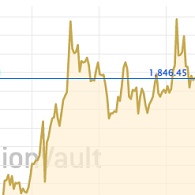
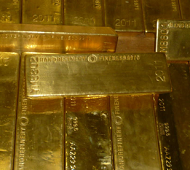
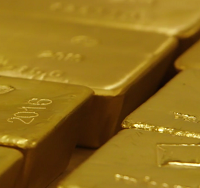
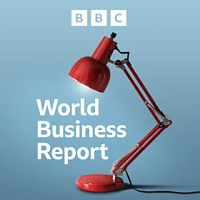
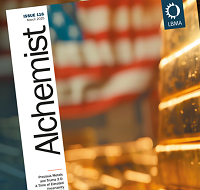
 Email
us
Email
us